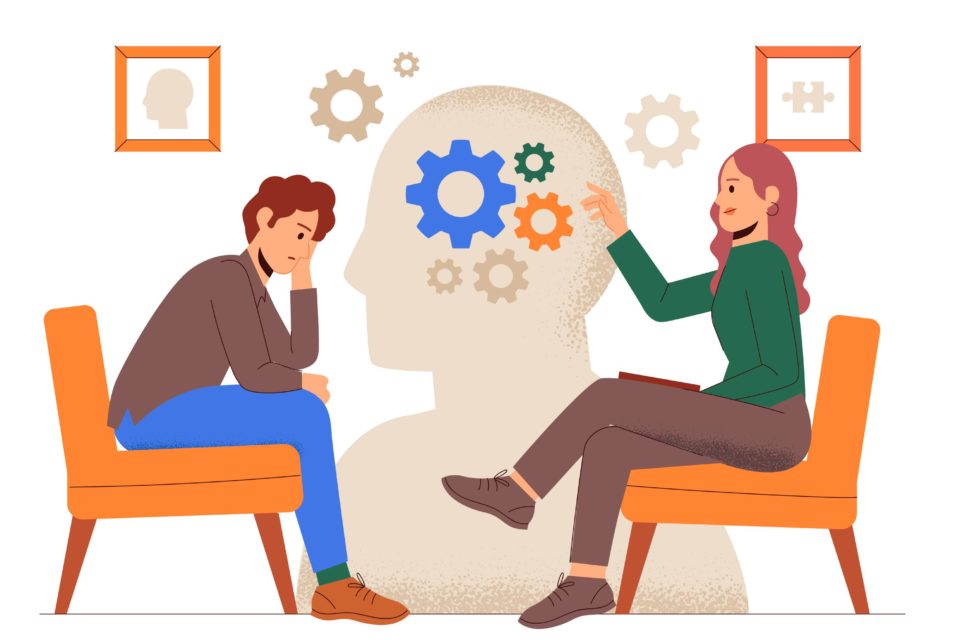Betting on sports events or playing casino games is a popular pastime for many people. While some see it purely as entertainment, others approach betting more strategically and aim to consistently make profits. This leads to an interesting dichotomy between following psychological biases versus relying on statistical models when placing wagers. Finding the optimal balance between these two approaches is key for bettors who want to maximize their enjoyment while minimizing losses.
Understanding the Role of Psychology
Human psychology inevitably plays a major role in betting decisions. According to research from the University of Cambridge, bettors are prone to cognitive biases that distort their perceptions of risk and reward. For example, the gambler’s fallacy leads people to believe that a certain outcome is “due” to happen after a streak of other results. This flawed logic causes bettors to make wagers that defy the statistically likely outcomes.
Other psychological factors like confirmation bias also come into play. Bettors tend to latch onto evidence that supports their chosen bets while discounting facts that contradict their wagering theories. Even when presented with objective data, people will twist statistics to align with preconceived notions.
Emotions and motivations also impact betting habits. Bettors tend to increase their wagers when on winning streaks due to growing overconfidence. Meanwhile, trying to chase lost money leads some to double down on riskier bets out of desperation. Understanding how these thought patterns undermine objectivity is important.
Leveraging Statistics and Data Models
While human psychology is flawed, statistical models offer an emotionless and objective approach. Advanced modeling techniques analyze vast datasets to uncover betting opportunities with long-term positive expected value.
For example, models may identify subtle differences between bookmakers’ odds that can be exploited for profit. Other models track metrics like home field advantage, weather patterns, or player injuries to predict likely outcomes. Mathematical simulations allows bettors to determine optimal strategies under various conditions.
Statistics also help quantify the risk versus reward of different wagers. Bettors can calculate metrics like expected value, variance, and risk of ruin. This enables strategically staking amounts that align with one’s risk tolerance and bankroll size. While individual bets may lose, statistical modeling provides confidence in the profitable long-term edge.
Blending Psychology with Statistics
Both psychological aspects and statistical modeling have roles to play in a balanced betting approach. The key is identifying when to rely on each and using them in a complementary fashion.
Psychology offers useful insight for aspects like bankroll management. Most bettors lack the discipline to adhere to optimal staking strategies without emotional checkpoints like stopping after 3 consecutive losses.
However, letting bias influence actual betting decisions is ill-advised. Once a wagering system grounded in statistics has been developed, psychology should take a backseat. Data and simulations should drive choices rather than hunches and intuition.
Here are some examples of effectively blending psychology with statistics:
- Use statistical models to develop a staking approach aligned with your risk tolerance
- Leverage psychology by mentally accounting for money lost versus profits
- Make bets based on expected value calculations, not emotions or biased perceptions
- Re-evaluate the statistical edge of bets if you experience an unusual losing streak
| Aspect | Statistics | Psychology |
|---|---|---|
| Bet sizing/risk management | ✔️ | ✔️ |
| Bet selection | ✔️ | |
| Stop loss implementation | ✔️ |
The table summarizes when it is appropriate to use statistics versus psychology.
On a final note, there is no universal formula for balancing statistics with psychology in betting. The optimal blend depends on the bettor’s goals, risk appetite, and personality. However, completely ignoring either aspect will likely lead to suboptimal results.
The key is being self-aware. Understand your own tendencies towards biases and irrationality. Then implement statistical models that account for these quirks rather than pretending they don’t exist. This thoughtful fusion of data and intuition offers the best path to betting success and enjoyment.

